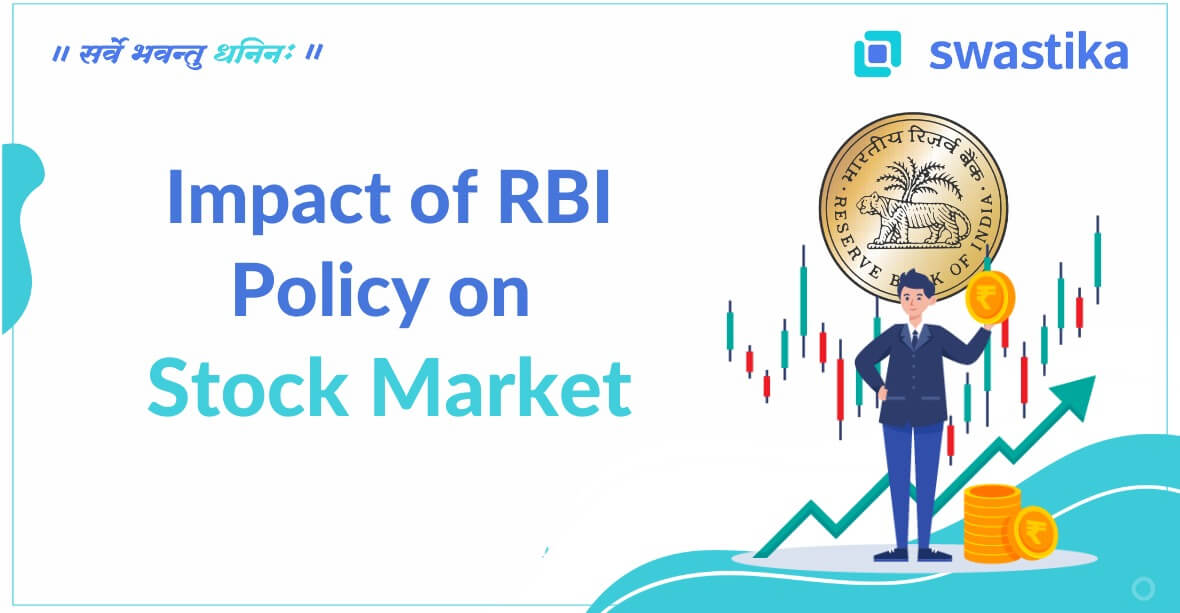Before getting started, let’s understand liability in terms of accounting and economy. A liability is a financial event that is associated with an obligation towards a company and the company needs to fulfill it as a monetary settlement. In other words, liability is referred to the financial obligation of a company.
While looking at the inner operations of a company, it is important to understand that there are several things that happened at the same time. And during this time, maintaining all the operations smooth and productive is not always easy.
If a day comes when a company may incur a liability which is a company’s obligation for which the officials are required to prepare financial settlements in the future.
These events need to be quantified into monetary terms as it is recorded in a company’s ledger.
Liabilities are generally considered into 3 subtypes: current liabilities, non-current liabilities and contingent liabilities.
A contingent liability is an event that may or may not evolve into an obligation in the future of the company. As per GAAP or General Accepted Accounting Standards, a contingent liability is considered as a future expense that completely depends on the triggering event to convert it into an actual loss.
A lawsuit is a perfect example of contingent liability.
Understanding Contingent Liabilities
The most common examples of contingent liabilities are Pending lawsuits and product warranties because their outcomes are uncertain. The accounting rules for contingent liability will heavily depend on the amount of liability and the likelihood of the event occurring. Here, the accounting rules clarify that the financial statement readers receive sufficient information.
When dealing with a contingent liability, there are two yardsticks to follow:
- Whether an event is 50% or more likely to occur in the future.
- Whether it can be expressed in monetary figures.
Different Types of Contingent Liabilities
Contingent liabilities are based on the scale of their probabilities. Following are the different types of contingent liabilities:
Probable Contingency
Any financial obligation that has at least a 50% chance of occurring in the future is considered a probable contingency and the loss is considered as a probable contingent liability that is lower than 50%.
Therefore, a possible contingency is usually not recorded in the books, but rather mentioned in the footnotes.
Another reason behind the theory is that a possible contingency is not recorded in the books because it cannot be expressed in monetary terms because of its limited occurrence.
As stated above, any contingency that fails to fulfill the two yardsticks cannot be recorded in the books of a company.
Remote Contingency
Any contingency that has minimal chances of occurring and which is not possible under normal circumstances is termed as a remote contingency. This is because the chances of such contingencies translating to losses for the company are negligible and hence they are not recorded in the books.
Ways to Recognize a Contingent Liability
Contingent liability is a broad term and it can act as a challenge for the companies who either rule out or include a contingent liability in their books.
Therefore, it is suggested that companies should consult professionals who are into this for a long time. This way, companies abide by the rules of GAAP and also go through a substantial argument when being audited. For example: If a company faces litigation, it should consult a lawyer and depend on the inclusion or exclusion of liability.
How Does Contingent Liabilities Affect Investors?
When a company recognizes the losses in time, it will have time to set up the provisions or take a call to action against such losses. This way, the company will try to attenuate the impact of future losses as well. Nevertheless, this is not a motive behind the recording of a contingency as a liability in the books.
Rather, when a contingent liability is recorded in the books of a company, all the information becomes visible to the auditors and shareholders as well. Therefore, we can take this conclusion that by registering a contingent liability, the company can safeguard its shareholders against huge losses.
Despite the fact that cases such as lawsuits can be monitored by the shareholders of a company, certain information such as warranty cannot be accessible by the shareholders as these are the forms of contingent liability. Hence, to protect investors’ interest, probable contingent liabilities of all kinds shall be recorded in the company’s book. It allows individuals to make better investment decisions.
Difference Between Numerous Types of Liability
Parameters
Current Liabilities
Financial obligations of a company that can be paid off in over a year.
Non-Current Liabilities
Financial obligations of a company that need to be written off within a year.
Financial obligations that might or might not arise in the future, depend on the outcome of a particular event.
Record in Books
The liabilities are recorded in the balance sheet. Liabilities are posted in the balance sheet. If a contingent liability carries a 50% or higher risk of being realized, it is posted in the P&L account as well as the balance sheet.
Examples
- Tax Liability
- Bank Overdraft
- Bills payable
- Outstanding Payments
- Creditors
- Bonds
- Long Term Debentures
- Mortgage Loan
- Derivative Liabilities
- Lawsuits
- Warranty
- Investigation
A company will always record probable contingent liabilities on its books; a possible emergency that will be mentioned in the footnotes and distant events are completely ignored.
Shareholders, on the other hand, must stay informed about contingent liabilities that occur and also observe numerous types of liabilities to be fully informed about the financial liquidity and solvency of an organization.




.png)













 48, Jaora Compound, M.Y.H. Road, Indore-452001
48, Jaora Compound, M.Y.H. Road, Indore-452001
 0731 - 6644000
0731 - 6644000


